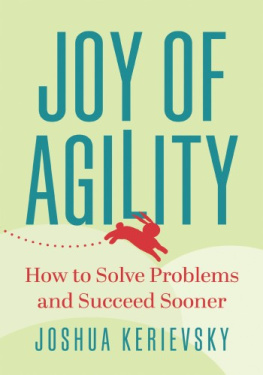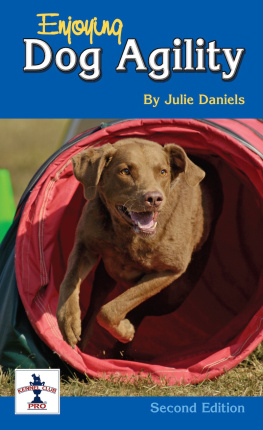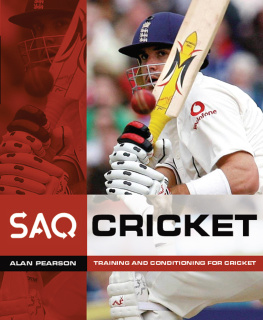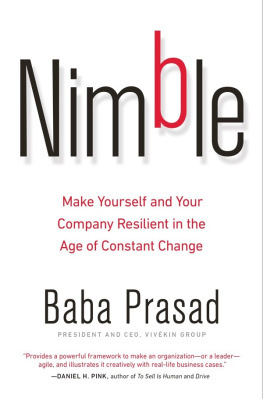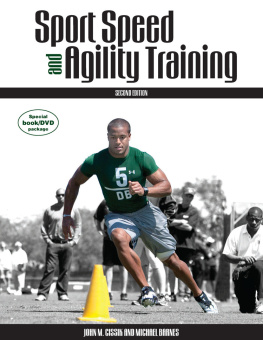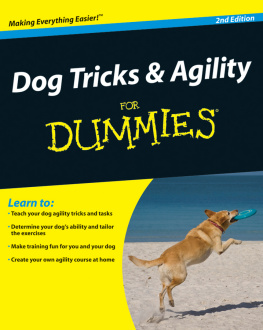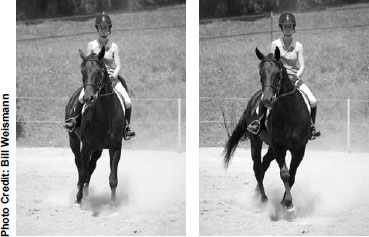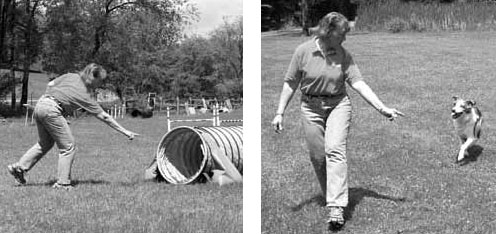Barb Levenson - Flatwork: Foundation for Agility
Here you can read online Barb Levenson - Flatwork: Foundation for Agility full text of the book (entire story) in english for free. Download pdf and epub, get meaning, cover and reviews about this ebook. year: 2018, publisher: Dogwise Publishing, genre: Home and family. Description of the work, (preface) as well as reviews are available. Best literature library LitArk.com created for fans of good reading and offers a wide selection of genres:
Romance novel
Science fiction
Adventure
Detective
Science
History
Home and family
Prose
Art
Politics
Computer
Non-fiction
Religion
Business
Children
Humor
Choose a favorite category and find really read worthwhile books. Enjoy immersion in the world of imagination, feel the emotions of the characters or learn something new for yourself, make an fascinating discovery.
- Book:Flatwork: Foundation for Agility
- Author:
- Publisher:Dogwise Publishing
- Genre:
- Year:2018
- Rating:3 / 5
- Favourites:Add to favourites
- Your mark:
Flatwork: Foundation for Agility: summary, description and annotation
We offer to read an annotation, description, summary or preface (depends on what the author of the book "Flatwork: Foundation for Agility" wrote himself). If you haven't found the necessary information about the book — write in the comments, we will try to find it.
Flatwork: Foundation for Agility isnt about the obstacles; its about what happens between the obstacles. Your dog spends more time between the obstacles running with you on the flat than he does performing the obstacles. Its on the flat, after all, that you set up your dogs approach to the next obstacle. Its on the flat where you as handler do most of your job guiding the dog. Performing flatwork successfully requires excellent communication between dog and handler.
Flatwork: Foundation for Agility is also about developing a communication system with your dog as you teach him each agility maneuver without the distraction of obstacles. As you follow this training program, you will develop a set of cues and movements that indicate specific behaviors to the dog, and you will become aware of exactly what your body is really saying to your dog.
Flatwork is your agility foundation, teaching you how to handle and how to make all your body language clear, consistent, coherent, and timely while also teaching your dog how to take direction and stay with you on course.
What reviewers are saying...
DOG WORLD
Flatwork: Foundation for Agility does a lot in 78 pages. Levenson provides detailed exercises for training handling on the flat (i.e., without obstacles) including straight-line heeling, circle work, front and rear crosses, and collection and extension of stride. A real bonus of this book is the author clearly understands clicker training and how to break very complex behaviors into simple steps. The writing is clear and easy to follow and the photos that accompany the instructions are very clear. Unfortunately, some of them inadvertently depict the rather common mistake of presenting two hands at the same time to the dog. My only other quibble with this book is the method used to teach rear crosses. Many handlers have found this to cause flick-aways, where dogs misread that flipping arm signal at other times, shooting off to take an obstacle unintended by the handler. My favorite chapter was the third, Teaching Movement of the Hindquarters, which describes why teaching rear-end awareness can increase a dogs response to a handlers body cues and its ability to physically position its body in relationship to the handler. This book is definitely going on my recommended reading list for my own agility students!Terry Long
About author:
Barb Levenson opened her own training school in 1991. She was an early adopter of positive reinforcement methods for her puppy, basic obedience, and Canine Good Citizen classes and, shortly after, competition obedience classes. Barb then added the sport of agility to her school in 2000. Barb, developed her on the at handling skills method and has successfully competed with 11 dogs and has titles in obedience (Canadian and American), agility, herding, rally and tricks. She lives in Pittsburgh, PA.
Barb Levenson: author's other books
Who wrote Flatwork: Foundation for Agility? Find out the surname, the name of the author of the book and a list of all author's works by series.


